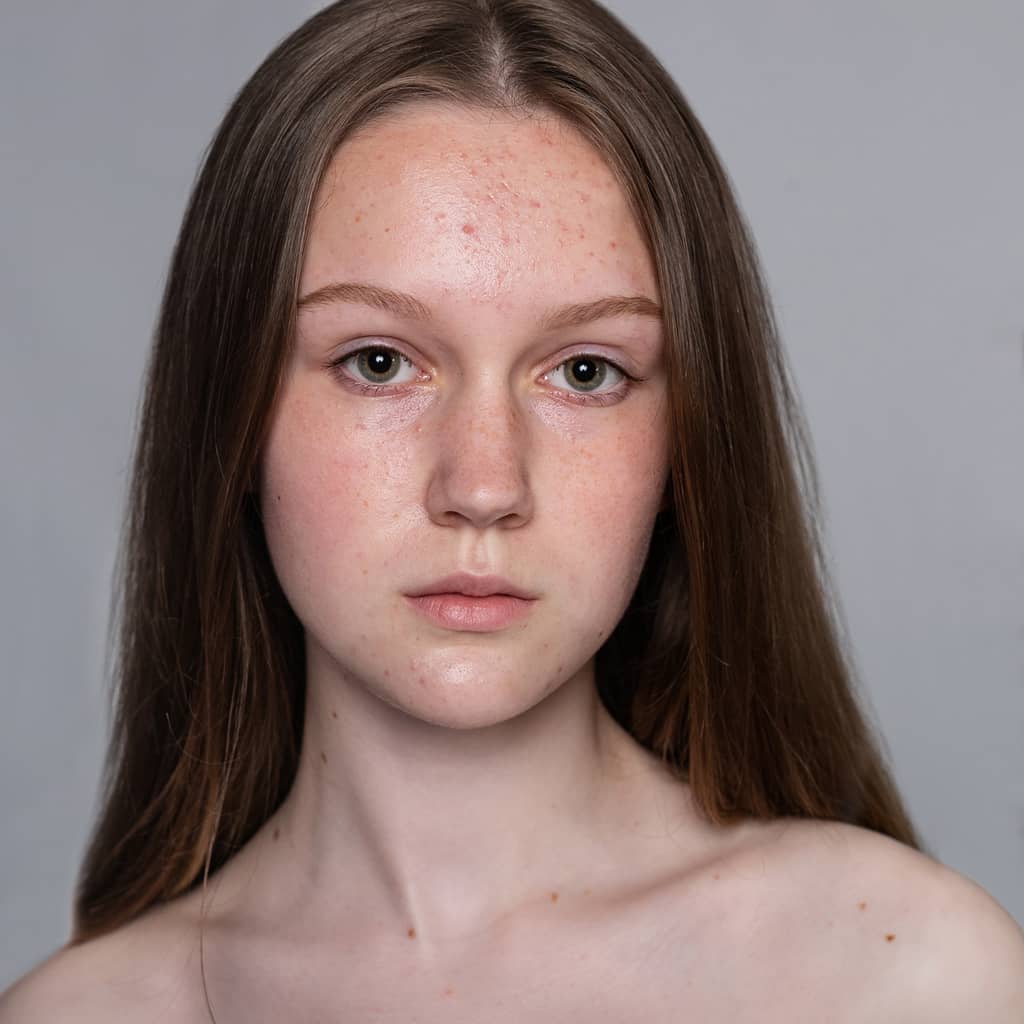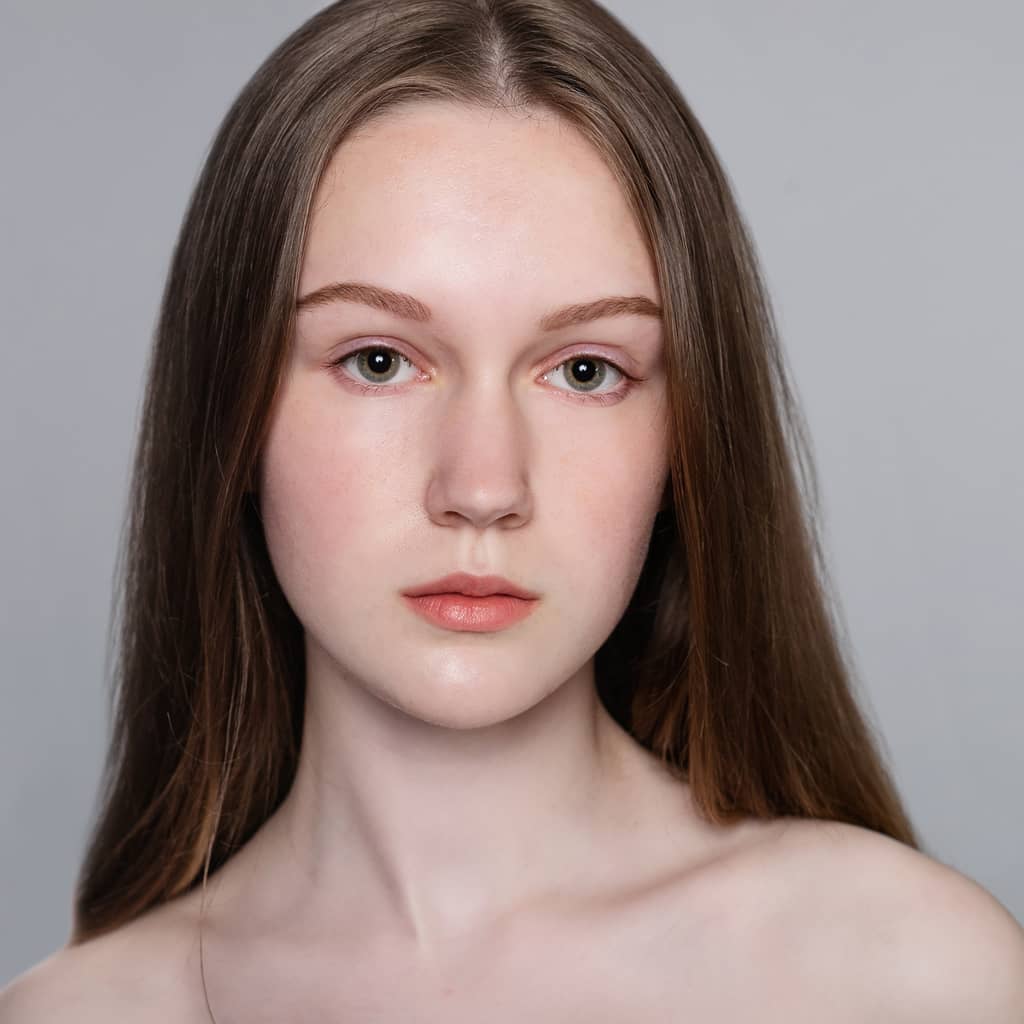In the age of Instagram filters and photo-editing apps, retouching has become a ubiquitous part of our visual landscape. Whether you’re a professional photographer looking to enhance your portfolio or an aspiring influencer seeking that flawless selfie, understanding retouching is a valuable skill. In this article, we’ll explore the world of retouching with examples that showcase its transformative power. We’ll also address frequently asked questions to help you navigate the ins and outs of this essential photo editing technique.
Retouching Examples
Retouching is the art of enhancing or altering photographs to achieve a desired aesthetic. It’s about more than just erasing blemishes; it can be used to change lighting, colors, and even entire backgrounds. Let’s dive into some retouching examples to see how it can elevate your photography.
1. Skin Retouching
Skin retouching is one of the most common uses of retouching. It involves removing imperfections such as acne, wrinkles, and scars while preserving the natural texture of the skin. This example showcases how subtle retouching can result in a flawless complexion.


2. Color Correction
Retouching is also a powerful tool for correcting color issues in photographs. This example demonstrates how a simple adjustment can transform a dull image into a vibrant one.


3. Background Replacement
Sometimes, you may want to change the background of a photo to tell a different story or enhance the overall mood. In this example, we see how retouching can transport a subject to an entirely new setting.


4. Object Removal
Unwanted objects can often find their way into our photos. Retouching can help you seamlessly remove these distractions, as shown in this example.


Conclusion
Retouching is a valuable skill that can take your photography to the next level. Through skin retouching, color correction, background replacement, and object removal, you can transform ordinary photos into extraordinary ones. Remember that retouching should be used responsibly, preserving the authenticity and integrity of the image. With practice and the right software, you can master the art of retouching and create stunning visuals that captivate your audience.
FAQs
Retouching itself is not unethical; it’s how and why it’s used that matters. When done to deceive or manipulate, it can be considered unethical. However, retouching for creative or aesthetic purposes is a common practice in the photography industry.
There are various software options for retouching, including Adobe Photoshop, Lightroom, and GIMP (a free alternative). The choice depends on your budget and skill level.
You can find numerous online tutorials and courses that teach retouching techniques. Practice is key, so experiment with your own photos to improve your skills.
Yes, excessive retouching can make photos look unnatural and can lead to a loss of detail. It’s important to strike a balance between enhancement and authenticity.
Yes, video retouching is a growing field. Software like Adobe After Effects allows for video retouching, often used in film and advertising.
This page was last edited on 17 February 2024, at 5:48 pm
